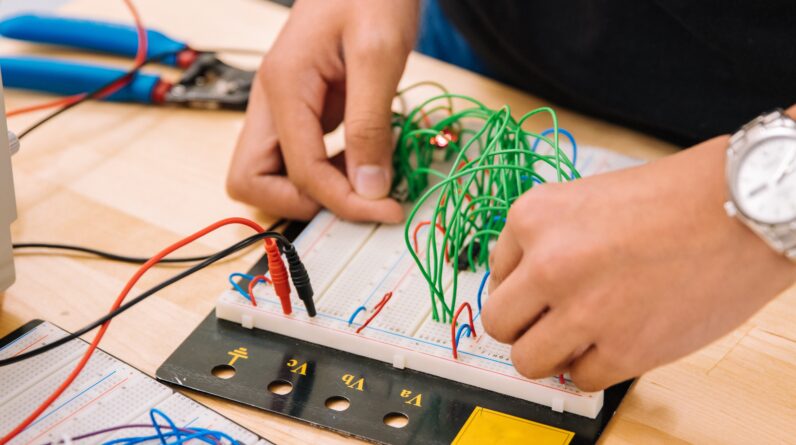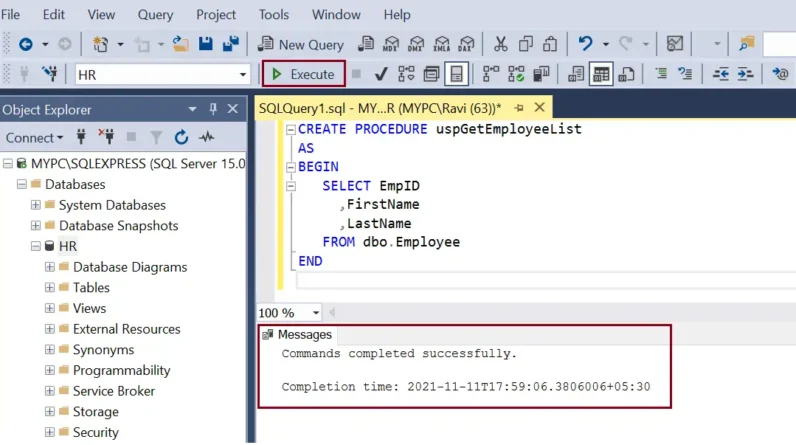
Have you ever found yourself in a new city, desperately trying to find your way around? It can be quite overwhelming and frustrating, but fear not, because in this article, we’ll show you some easy and effective ways to find your location, no matter where you are. So if you’re ready, let’s get started!
Finding your location doesn’t have to be a daunting task. With the help of modern technology, it has become easier than ever. One of the simplest ways is to use your smartphone’s GPS. Most smartphones today come equipped with GPS technology, which allows you to pinpoint your exact location on a map. All you have to do is open up a map app, and voila! You’ll see a little blue dot indicating where you are. It’s like having your own personal navigator in the palm of your hand. But don’t worry, we’ll dive deeper into this topic and explore other methods as well, so stay tuned for more information in this article. You’ll be a master navigator in no time!
Table of Contents
How to Find Your Location
Understanding Location Services
What are Location Services?
Location services refer to the technology and features that enable electronic devices, such as smartphones and GPS devices, to determine their geographical position. These services utilize various methods, including GPS, Wi-Fi, and cell tower data, to accurately pinpoint your location.
Importance of Location Services
Location services play a crucial role in many aspects of our lives. Whether you are trying to find your way to a new restaurant, track your fitness activities, or even receive emergency assistance, having access to accurate and reliable location information is essential. Location services also enable businesses to provide personalized and location-based services to their customers.
Different Types of Location Services
There are several different types of location services available to help you find your way. These include:
-
Finding Your Location Manually: This method involves using landmarks, key features, compass, directions, maps, and grid systems to pinpoint your location without relying on technology.
-
Using Global Positioning System (GPS): GPS is a satellite-based navigation system that provides highly accurate and real-time location information.
-
Utilizing Wi-Fi and Cell Tower Data: Wi-Fi signals and cell tower data can be used to triangulate and trilaterate your location by measuring the signal strengths from nearby access points or cell towers.
Finding Your Location Manually
Using Landmarks and Key Features
One way to find your location is by using landmarks and key features of your surroundings. This method involves identifying prominent landmarks, such as buildings or natural features, that can help you orient yourself and determine your location. By identifying these landmarks on a map or using physical cues, you can accurately identify where you are.
Navigating with Compass and Directions
Another method to find your location manually is by using a compass and directions. By knowing the cardinal directions (north, south, east, and west) and following a set of directions or instructions, you can navigate and determine your location relative to your starting point. This method is especially useful when hiking or exploring unfamiliar areas without access to technology.
Using Maps and Grid Systems
Maps and grid systems can also assist in finding your location manually. By utilizing a map and understanding the grid system or coordinate system being used, you can locate your position with relative ease. Grid systems often divide areas into squares or sectors, with each grid reference providing a unique identifier for a specific location.
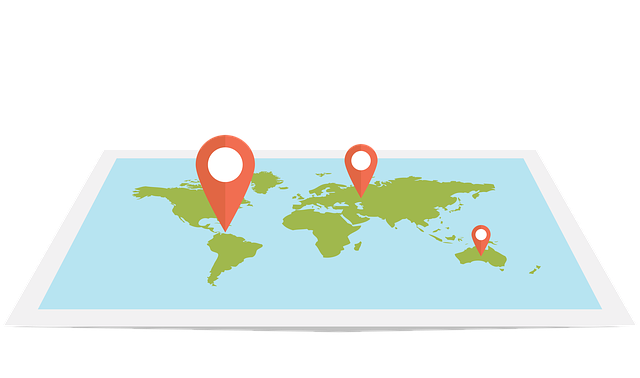
Using Global Positioning System (GPS)
What is GPS?
The Global Positioning System (GPS) is a network of satellites that orbit the Earth and provide precise location and timing information to GPS receivers. These receivers calculate their position by measuring the time it takes for signals from multiple GPS satellites to reach the device.
How GPS Works
GPS works by using a process called trilateration. The GPS receiver measures the distance between itself and multiple satellites by analyzing the time it takes for signals to travel from the satellites to the receiver. By knowing the precise location of each satellite, the receiver can calculate its own position using the intersecting spheres created by the distance measurements.
GPS Devices and Applications
GPS technology is integrated into various devices, including smartphones, tablets, smartwatches, and dedicated GPS navigation systems. These devices use GPS technology to provide users with accurate location information and navigation capabilities. GPS applications allow users to navigate, track fitness activities, find nearby points of interest, and more.
Utilizing Wi-Fi and Cell Tower Data
Triangulating with Wi-Fi Signals
Wi-Fi signals can be used to triangulate your location by measuring the signal strengths from nearby Wi-Fi access points. This method relies on a database of known Wi-Fi access points and their respective signal strengths at different locations. By comparing the signal strengths received by your device from different access points, your location can be determined with reasonable accuracy.
Cell Tower Trilateration
Similar to Wi-Fi triangulation, cell tower trilateration uses the signal strengths from nearby cell towers to determine your location. By measuring the distance between your device and multiple cell towers, your location can be calculated based on the intersecting circles created by these distance measurements.
Combining Wi-Fi and Cell Tower Data
To improve location accuracy, location services often combine Wi-Fi and cell tower data. By utilizing both Wi-Fi and cell tower information, location services can provide more precise and reliable location information, especially in urban areas where Wi-Fi access points and cell towers are densely concentrated.

Location Tracking on Mobile Devices
Enabling Location Services on iOS
If you own an iOS device, you can enable location services by going to the “Settings” app, selecting “Privacy,” and then choosing “Location Services.” From there, you can enable or disable location services for specific apps or services.
Enabling Location Services on Android
For Android devices, you can enable location services by opening the “Settings” app, selecting “Security & location” or “Location,” and then toggling the switch to enable or disable location services. You can also specify app-level permissions for location access.
Privacy and Security Considerations
While location services offer numerous benefits, it is important to consider privacy and security concerns. Make sure to review and understand the location permissions requested by apps and services before granting access. It is also advisable to regularly review and manage app permissions to ensure your location data is only being shared with trusted and authorized applications.
Using Location-Based Apps and Services
Finding Local Businesses and Services
Location-based apps and services, such as Yelp or Google Maps, allow you to easily find local businesses, restaurants, stores, and other services based on your current location. These apps provide information such as reviews, ratings, contact details, and directions.
Navigating with GPS Apps
GPS navigation apps, like Google Maps, Waze, or Apple Maps, offer turn-by-turn directions and real-time traffic updates to help you reach your destination efficiently. These apps take advantage of GPS technology to provide accurate navigation guidance and alternative routes, ensuring a stress-free travel experience.
Social Media Check-Ins and Geotags
Social media platforms often allow users to check in at specific locations or add geotags to their posts, allowing friends and followers to see where they are or have been. This feature is particularly useful for sharing travel experiences, discovering new places, and connecting with others in the same location.
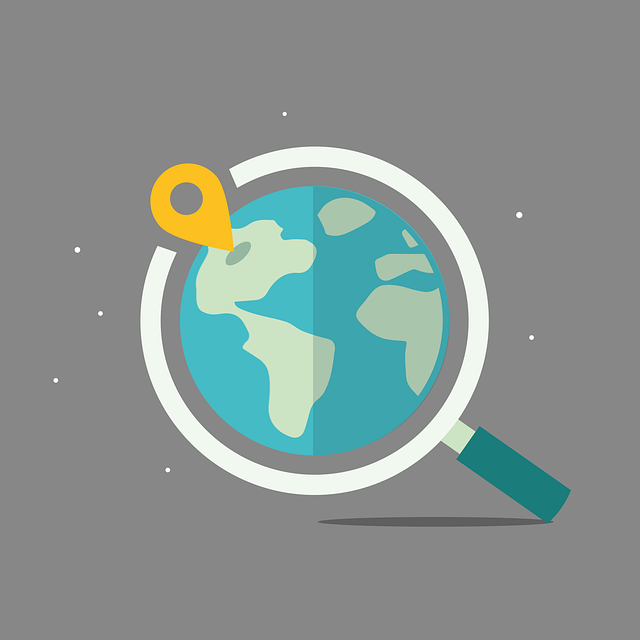
Benefits and Applications of Location Services
Enhancing Travel and Navigation
Location services have revolutionized how we travel and navigate. They provide real-time information on traffic conditions, alternative routes, and points of interest along the way. Location-based navigation apps have made it easier than ever to explore new places, find local attractions, and travel with confidence.
Location-Based Marketing and Advertising
Businesses can deliver personalized marketing messages and advertisements to customers based on their current location or previous location history. This targeted approach allows businesses to reach customers at the right time and place, increasing the effectiveness of their marketing campaigns.
Emergency Services and Public Safety
Location services are vital in emergency situations. Emergency response teams can quickly locate individuals in need of assistance, reducing response times and potentially saving lives. Additionally, location-based alerts and notifications can be used to warn people about natural disasters, severe weather, or other public safety concerns.
Addressing Privacy Concerns
How Location Data is Collected
Location data is collected through various methods, including GPS, Wi-Fi, and cell tower readings. While this data is used to provide location-based services, it is important to be aware of how and when your location information is being collected, stored, and shared.
Protecting Personal Information
To protect your personal information, it is essential to only grant location access to trusted apps and services. Regularly review and manage app permissions to ensure your location data is not being shared with unauthorized or malicious applications.
Managing App Permissions
Take control of your location data by managing app permissions on your devices. Review which apps have access to your location and consider revoking permissions for apps that no longer require it. By being proactive in managing app permissions, you can protect your privacy and ensure your location information is only shared with trusted sources.
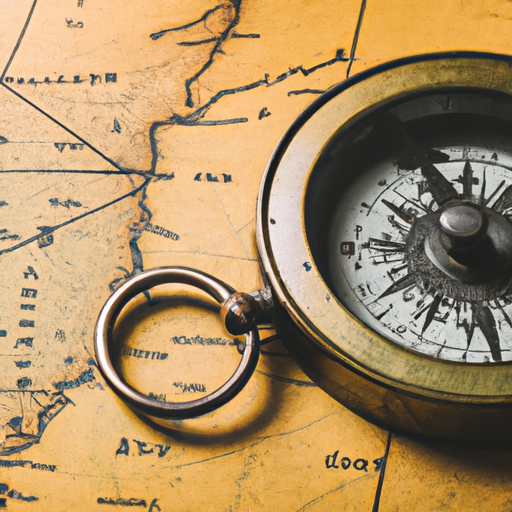
Future Trends in Location Services
Augmented Reality and Location
Augmented reality (AR) is a technology that overlays digital information onto the real world. Location services are expected to play a significant role in enhancing AR experiences by providing accurate geolocation data and contextual information.
Internet of Things (IoT) Integration
As more devices become connected through the Internet of Things (IoT), location services will become even more important. IoT devices can utilize location information to interact with their surroundings, automate processes, and provide personalized services based on the user’s location.
Advancements in Indoor Positioning
Indoor positioning systems are being developed to provide accurate location information within buildings and other indoor environments where GPS signals may be weak or unavailable. These advancements will enable enhanced indoor navigation, asset tracking, and personalized experiences within indoor spaces.
Conclusion
In conclusion, finding your location has become easier than ever thanks to various location services available on electronic devices. Whether you choose to utilize GPS technology, Wi-Fi triangulation, or manual methods, accurately determining your location is essential for navigation, travel, emergency services, and personalized experiences. However, it is important to consider privacy concerns and manage app permissions to ensure your location data is protected. As technology continues to evolve, we can expect location services to play an even bigger role in our everyday lives, empowering us with accurate and personalized location-based information.



